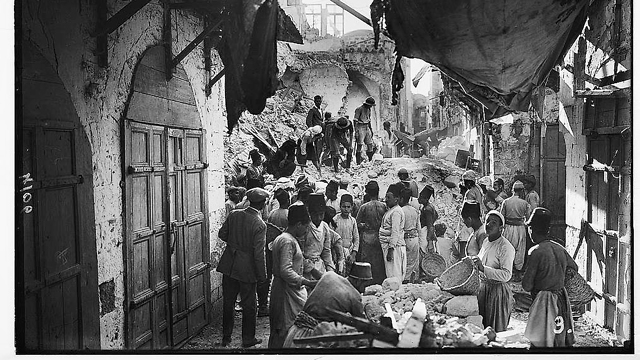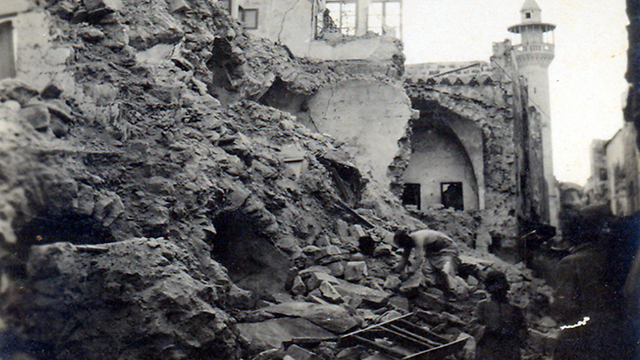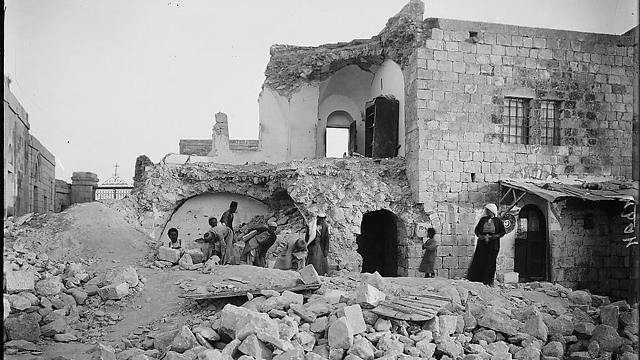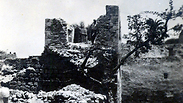

Israel bracing for the next big earthquake
Running along the Great Rift Valley, Israel has a massive temblor roughly once every 100 years, says seismic expert Ron Avni, and the last was in 1927; death toll and damage depends on several factors, he says, but many homes simply not built to withstand such an event
Last week, an earthquake measuring 3.4 on the Richter-scale hit northern Israel. The epicenter of the tremor, which caused no damage or casualties, was 10 kilometers north of the city of Tiberias.
But according to seismic expert Dr. Ron Avni of Ben-Gurion University of the Negev, while the temblor wasn't strong, it is proof that the Great Rift Valley (the edge of a tectonic plate running parallel to the Jordan River) is active - and a devastating quake could cause a lot damage in Israel in the foreseeable future.
Avni says that Israel experiences a massive quake approximately every 100 years, and the the last major temblor was on July 11, 1927 - a devastating event that caused innumerable damage and killed hundreds across the Jordan Valley.
The epicenter of the quake was just north of the Dead Sea, along the Great Rift Valley.
"A rough estimate is that once every 100 years, devastating quakes occur across the rift," says Avni.
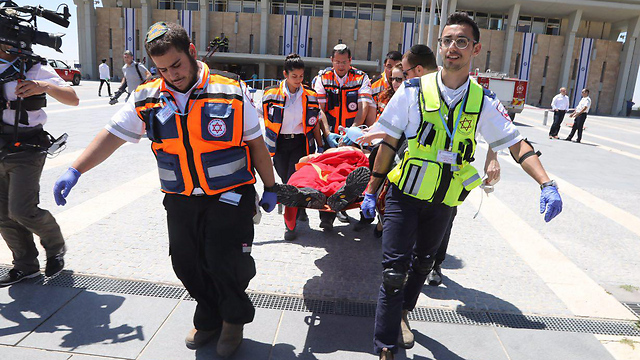
"You have to remember that the local population back then was much smaller. Ninety years before that one, in 1837, an earthquake destroyed the northern city of Safed, killing thousands. And even 50 to 60 years before that we had another devastating one. Today we are 92 years away from the last big quake."
A massive earthquake today could have a devastating impact, that could be exacerbated by a range of factors, says Avni.
"Government estimates put (the death toll) at about 7,000," he says. "It depends where and when it happens. If, for example, it happens on Independence Day, when most of the population is outside, there will be a rather smaller number of fatalities.
"If it happens before dawn, during winter, when most of us are in our beds, there will be more deaths," he says. "What needs to worry us are the buildings built in the 60s and 70s that are not properly reinforced for such an occurrence."
Avni says that the areas closest to the epicenter will be most badly hit.
"If it is in the Hula Valley, it will mainly affect the residents of the Galilee," he says.
"If it is north of the Dead Sea, it will have more of an impact in the center, the Palestinian territories and the north. It depends on the geological infrastructure of from community to community.
"There is also a program to reinforce public buildings, schools, community centers and hospitals. The decision was made in 2008 and the government allocated NIS 3.5 billion (approx $1.2 billion) over 25 years. The program began in 2010, which is NIS 140 million a year," he says.














